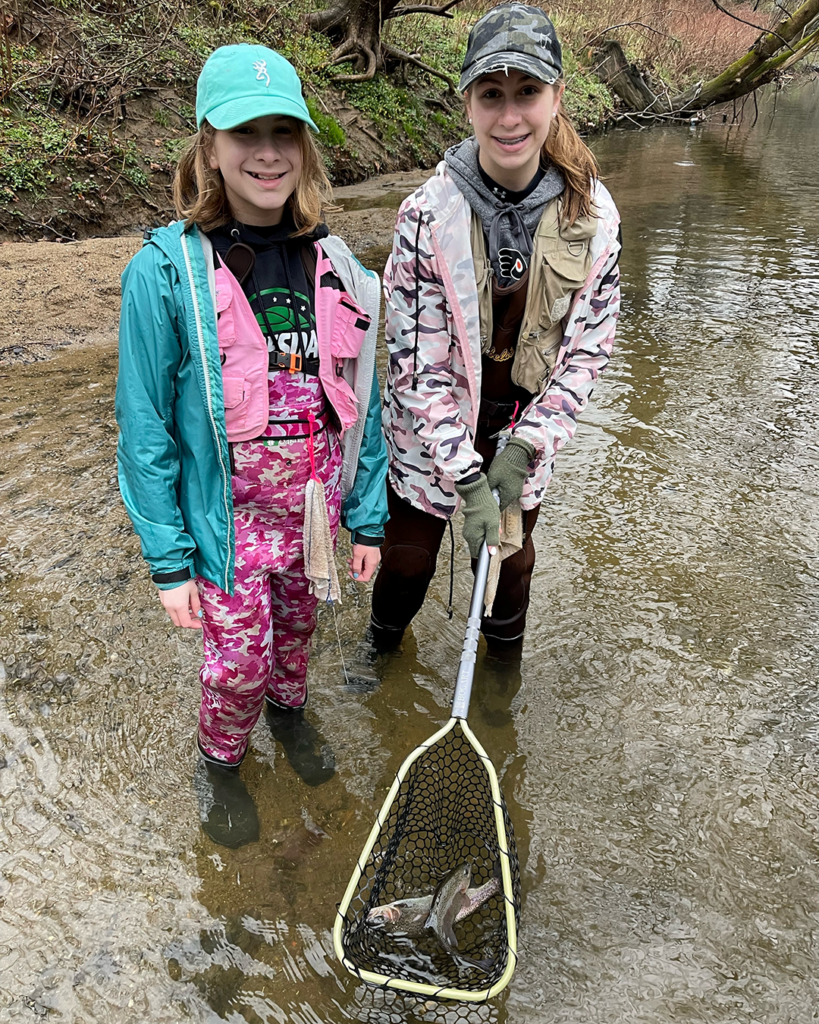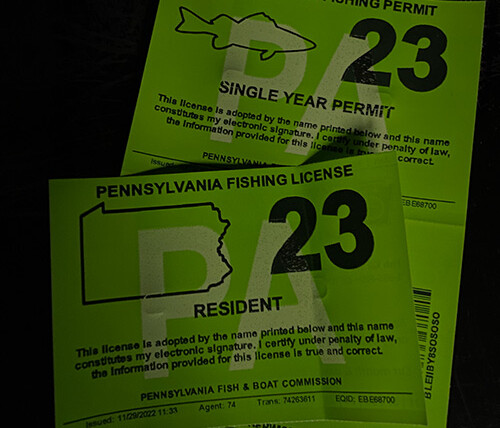
A successful day of fishing doesn’t mean you have to bring the catch home. Many conservationists like to put their catch back, and sometimes regulations require releasing fish. Fish survival isn’t always possible but is much more likely if you follow correct catch and release fishing techniques.
Use barbless hooks

Barbed hooks are the standard and include a triangular shaped metal that points in the opposite direction at the sharp end of the hook. The barb holds the hook in place after a fish bites. If you plan on using barbed hooks for catch and release fishing, crimp the barbs.
Barbless hooks do not include the triangular shaped metal at the end of the hook and are less likely to injure the fish. Barbless hooks come out easily, so they’re recommended for catch and release fishing.
Land fish quickly (and use a landing net)

Once a fish takes the bait and is on the line, reel them in as quickly and safely as possible. A long fight is stressful for the fish, reducing the chance of survival. Land the fish as quickly as possible, and a landing net can help. The best nets have a shallow bag made of rubber mesh. Always opt for rubber nets over nylon nets.
Keep fish wet
Being out of the water is stressful for fish, so keep them in the water as much as possible. And if you must handle the fish, wet your hands, net and other materials first. Do not wear gloves. It’s best for the fish to limit how much you touch them.
Remove hooks quickly
For catch and release fishing, use barbless hooks, which are easier to remove. Use hemostats or long nose pliers to swiftly remove the hook. Do not remove the hook if the fish is hooked deeply in the mouth or throat. Removing these hooks will injure the fish. Cut the line instead.
Don’t touch the gills
When holding a fish, support it by the midsection. Don’t touch the gills and limit how much you touch the mouth and lips. If the fish is bleeding or there is damage to the gills or eyes, keep the fish for dinner, if regulations allow.
Hold the fish upright underwater to release
After hook removal (and a quick photo), hold the fish upright underwater and let it swim away under its own power. Hold the fish out of the current until it revives. If the fish doesn’t recover in a couple of minutes, it probably won’t. If regulations allow, keep it for dinner.



